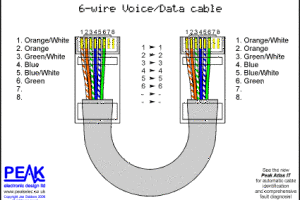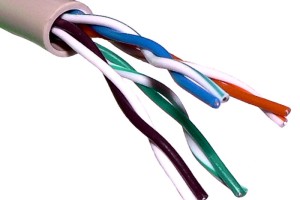Wireless Networks, Cows, and Global Warming
When global warming is mention, pretty much the last thing that comes to mind is livestock. However, the Food and Agriculture Organization of the United Nations, or FAO, reports that 18% of the greenhouse gases released across the globe are from agriculture. These cows are a serious contributor to this environmental issue.
When a cow burps or farts, they emit methane, which is a greenhouse gas similar to carbon dioxide (CO2), but a bit more of a serious impact to the environment. The degrading impact of methane on the climate is 23 times more destructive than that of CO2. A common cow can release somewhere between 70 and 120 kg of methane annually. You could drive almost 8,000 miles or burn 1,000 liters of gas to produce the same effect. Now add to this that mass amount of cows around the globe, somewhere around 1.5 billion, and we have livestock emitting something close to two billion metric tons of greenhouse gases every year.
In an effort to address this problem, many breeders are trying to only breed “low methane” beasts, which combined with light changes to their way of farming, could reduce their greenhouse gas contributions by close to 50%. But how do you measure and record a cow’s burps and farts?
CSIRO’s Sustainable Agriculture Flagship in Australia has taken on the task and invented a device to implant inside a cow’s stomach. This “gas-sniffing submarine” will employ infrared sensors to record any methane emitted and will be connected to a wireless network to transmit data. The device also has wings attached that will unfold inside the belly of the cow to stop the submarine from traveling past the rumen — which is where the gas comes from.
The use of wireless networks should enable farmers to monitor their herds in real time, and see when and where they are the most gassy. As the scientists at CSIRO still don’t understand how changing diet will affect emissions, they are most interested in this data.
The Australian National University produced a paper detailing the specifics of their experiment. They expressed how the communication links necessary for monitoring moving and grazing animals is more difficult and requires the ability to span large distances. On top of this, the submarine-like device could move or rotate at any time within the cow, which can cause power and data transmission issues. The group chose to use three MICA2 Berkeley Motes, an Ultralite GPRS unit, and a myriad of sensors to try to get the job done. One of the main concerns was the ability for the motes to relay data through the animals tissue and hide.
The results of the study showed that the wireless networks were suitable for short distance data transmission, but that mobile phone networks were necessary for long distance. With these systems, they were able to monitor the cows externally and internally, as they drank or ate in real time, to see the effects diet had on their methane emissions. Let’s just hope they don’t have to do too much maintenance on the network of cow stomachs.




